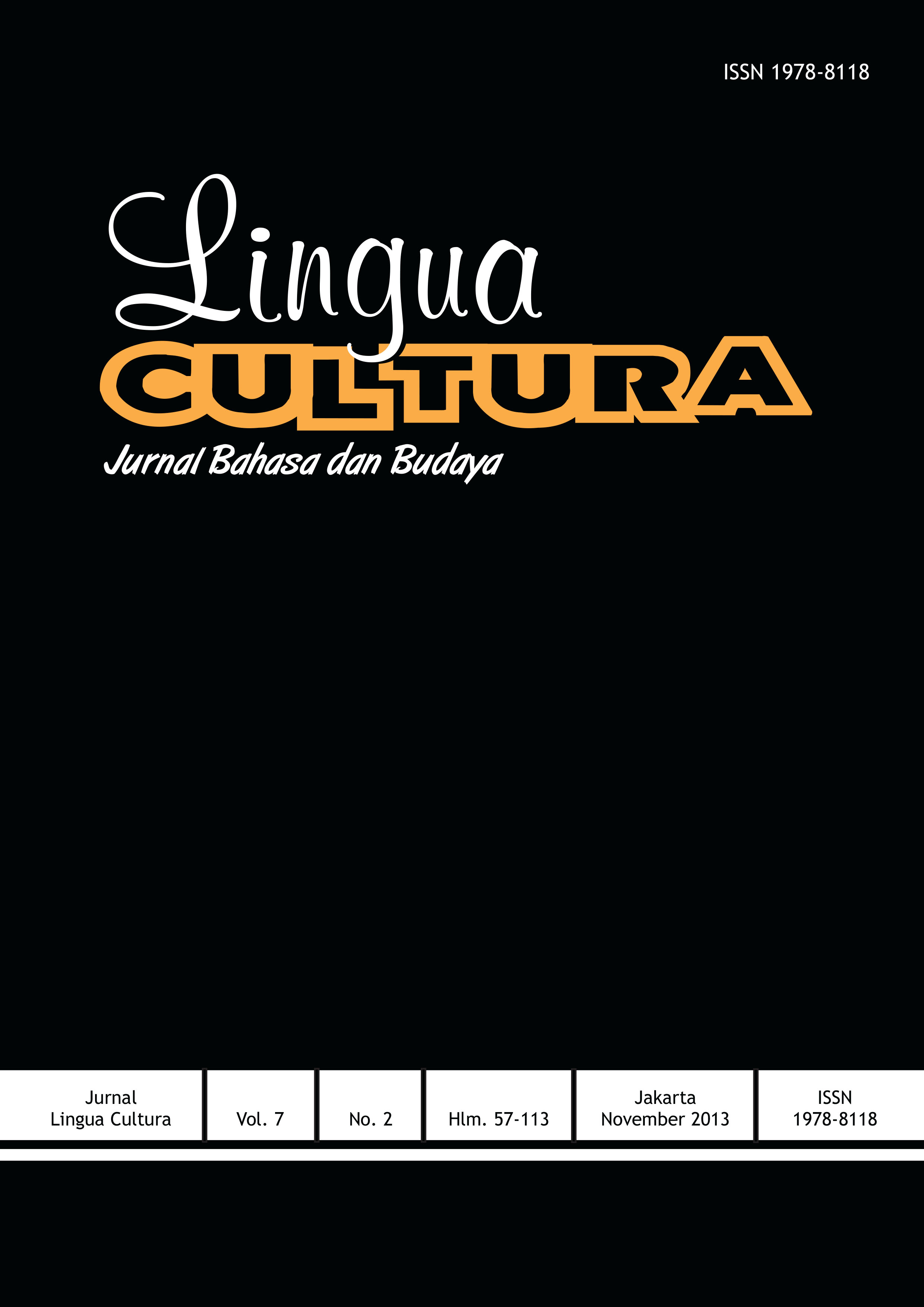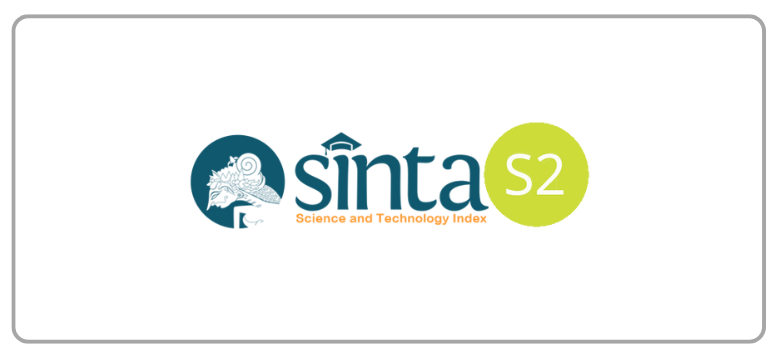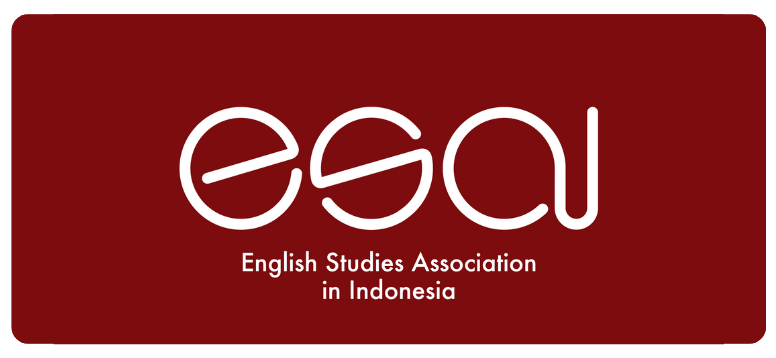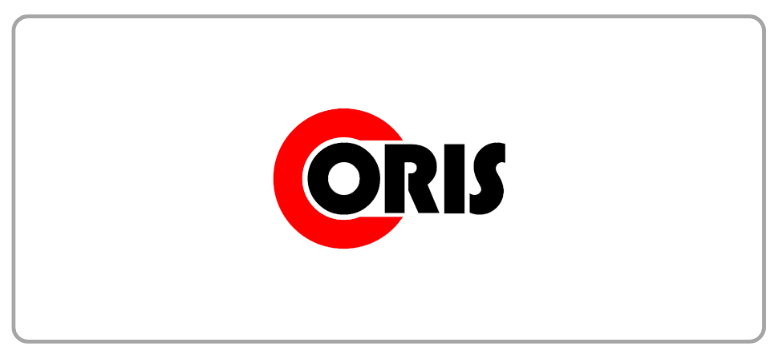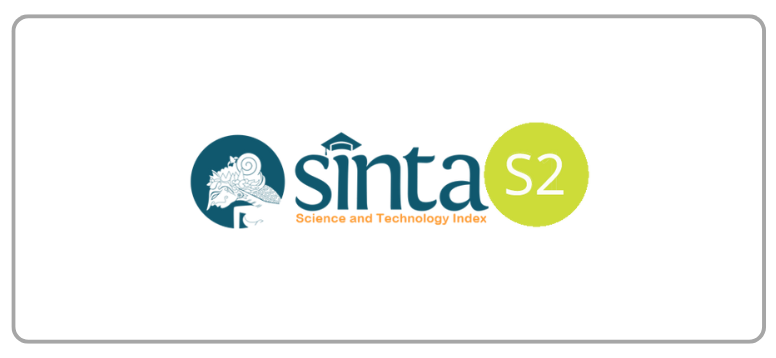Penghapusan ShÅ«shinkoyÅ (終身雇用) Menjadi Fenomena Muenshakai (ç„¡ç¸ç¤¾ä¼š)
DOI:
https://doi.org/10.21512/lc.v7i2.423Keywords:
muenshakai, economic, familyAbstract
Muenshakai is a phenomenon in Japanese society that relationship disappears and a growing number of people who live their own lives. This phenomenon occurs because of the abolition of the shÅ«shinkoyÅ (終身雇用) working system in about 1990. Declining in marriage rates, divorce, and declining in birth rates (å°‘å化) also lead to the formation of muenshakai. The problem limited to Japanese people around the year of 2007–2013, when the elderly Japanese people began to retire, lived alone, no relatives who could or would take care of them or even just going to visit. When they were sick, even died in the residence or in a public place, none of their family wanted to pay for hospital, funeral ceremony, and burial. To discuss this study, the author used descriptive analytical method. This research results the analysis of an image of contemporary Japanese society with economic issues that affect the family. The conclusion of the study states Japan must create a working system to ensure the community’s economy in the future.References
Fukutake, T. (1989). The Japanese Social Structure: Its Evolution in the Modern Century. trans. Ronald P. Dore. 2nd ed. Japan : University of TÅkyÅ Press
J-Cast News (2011). å˜èº«ä¸–帯ã€åˆã‚ã¦3割超ãˆã‚‹ å›½å‹¢èª¿æŸ»é€Ÿå ±.Diakses dari http://www.jcast.com/2011/06/30099968.html
Japan Eastday – 日本語 (2012). 日本ã§æ·±åˆ»åŒ–ã™ã‚‹ã€Œç„¡ç¸ç¤¾ä¼šã€. Diakses dari http://jp.eastday.com/node2/home/xw/gjpl/userobject1ai72338.html
Ministry of Internal Affairs and Communications (ç·å‹™çœ). 第2部 特集 共生型ãƒãƒƒãƒˆç¤¾ä¼š ã®å®Ÿç¾ã«å‘ã‘ã¦. Diakses dari http://www.soumu.go.jp/johotsusintokei/whitepaper/ja/h23/html/nc222220.html
Miyamoto, Michiko. (2012). Wakamono ga Muenkasuru (若者ãŒç„¡ç¸åŒ–ã™ã‚‹ï¼ä»•äº‹ãƒ»ç¦ç¥‰ãƒ»ã‚³ãƒŸãƒ¥ãƒ‹ãƒ†ã‚£ã§ã¤ãªã). Japan: Chikuma Shinsho.
Nakane, C. (1981). Masyarakat Jepang. Penerjemah: Bambang Kusriyanto. Jakarta : Sinar Harapan.
Naohiro, Y. (2009). RÅdÅsijyÅkaikaku no Keizaigaku (労åƒå¸‚å ´æ”¹é©ã®çµŒæ¸ˆå¦). Japan: TÅyÅkeizaisinpÅsha
NHK. (日本放é€å”会). (2010). ç„¡ç¸ç¤¾ä¼šï½žâ€ç„¡ç¸æ»â€ï¼“ 万2åƒäººã®è¡æ’ƒï½ž. Diakses dari http://www.nhk.or.jp/special/detail/2010/0131/
______. (2011). ç„¡ç¸ç¤¾ä¼š æ–°ãŸãªã¤ãªãŒã‚Šã‚’求ã‚ã¦. Diakses dari http://www.nhk.or.jp/special/detail/2011/0211/
Statistics Bureau, The Ministry of Internal Affairs and
Communications (ç·å‹™çœçµ±è¨ˆå±€). (2013). Population Census – Household. Diakses dari http://www.stat.go.jp/english/data/kokusei/2005/kihon1/00/04.htm
______.å¹³æˆ22年国勢調査・人å£ç‰åŸºæœ¬é›†è¨ˆçµæžœ http://www.stat.go.jp/data/kokusei/2010/kihon1/pdf/youyaku.pdf
______. Summary of the Result. Diakses dari http://www.stat.go.jp/english/data/kokusei/2010/basic1/pdf/summary.pdf
______. Statistical Handbook of Japan. Diakses dari http://www.stat.go.jp/english/data/handbook
Yahoo! News – Yahoo Japan Corporation. (2013). 団藤ä¿æ™´ (Yasuharu DandÅ). 生涯未婚率35ï¼…ã€å¥³27ï¼…ã«ã‚‚:少å化対ç–無力. Diakses dari http://bylines.news.yahoo.co.jp/dandoyasuharu/20130626-00025970/
Downloads
Published
How to Cite
Issue
Section
License
Authors who publish with this journal agree to the following terms:
a. Authors retain copyright and grant the journal right of first publication with the work simultaneously licensed under a Creative Commons Attribution License - Share Alike that allows others to share the work with an acknowledgment of the work's authorship and initial publication in this journal.
b. Authors are able to enter into separate, additional contractual arrangements for the non-exclusive distribution of the journal's published version of the work (e.g., post it to an institutional repository or publish it in a book), with an acknowledgment of its initial publication in this journal.
c. Authors are permitted and encouraged to post their work online (e.g., in institutional repositories or on their website) prior to and during the submission process, as it can lead to productive exchanges, as well as earlier and greater citation of published work.
USER RIGHTS
All articles published Open Access will be immediately and permanently free for everyone to read and download. We are continuously working with our author communities to select the best choice of license options, currently being defined for this journal as follows: Creative Commons Attribution-Share Alike (CC BY-SA)
